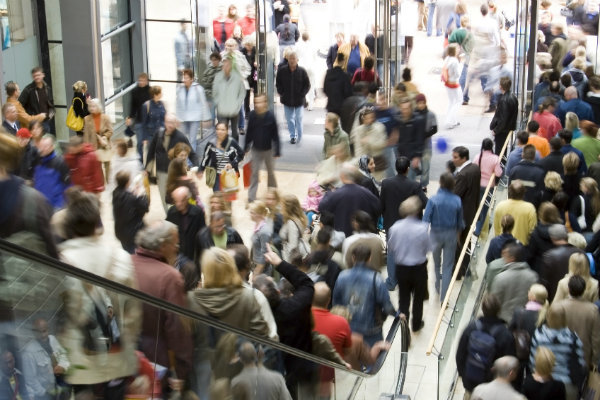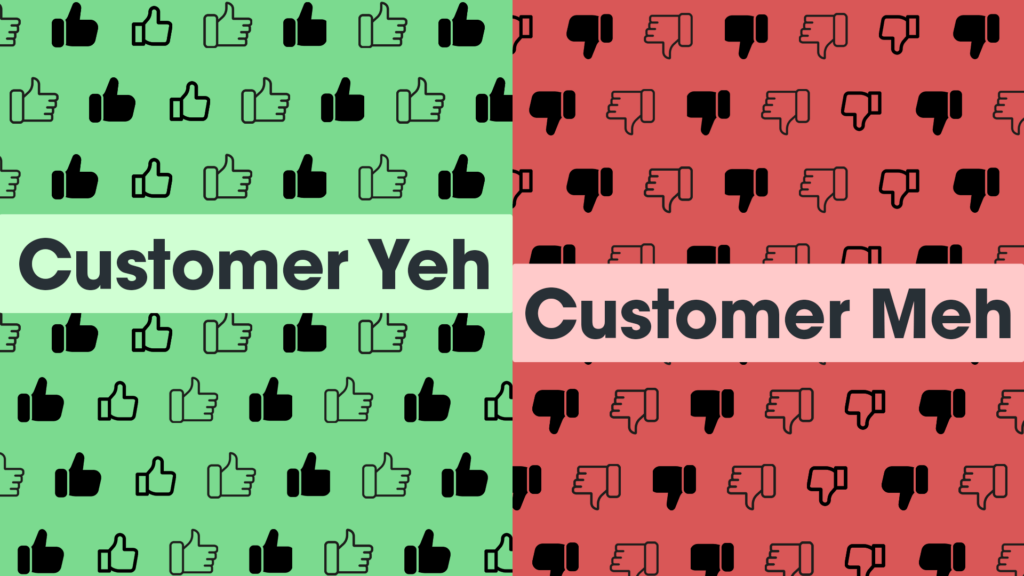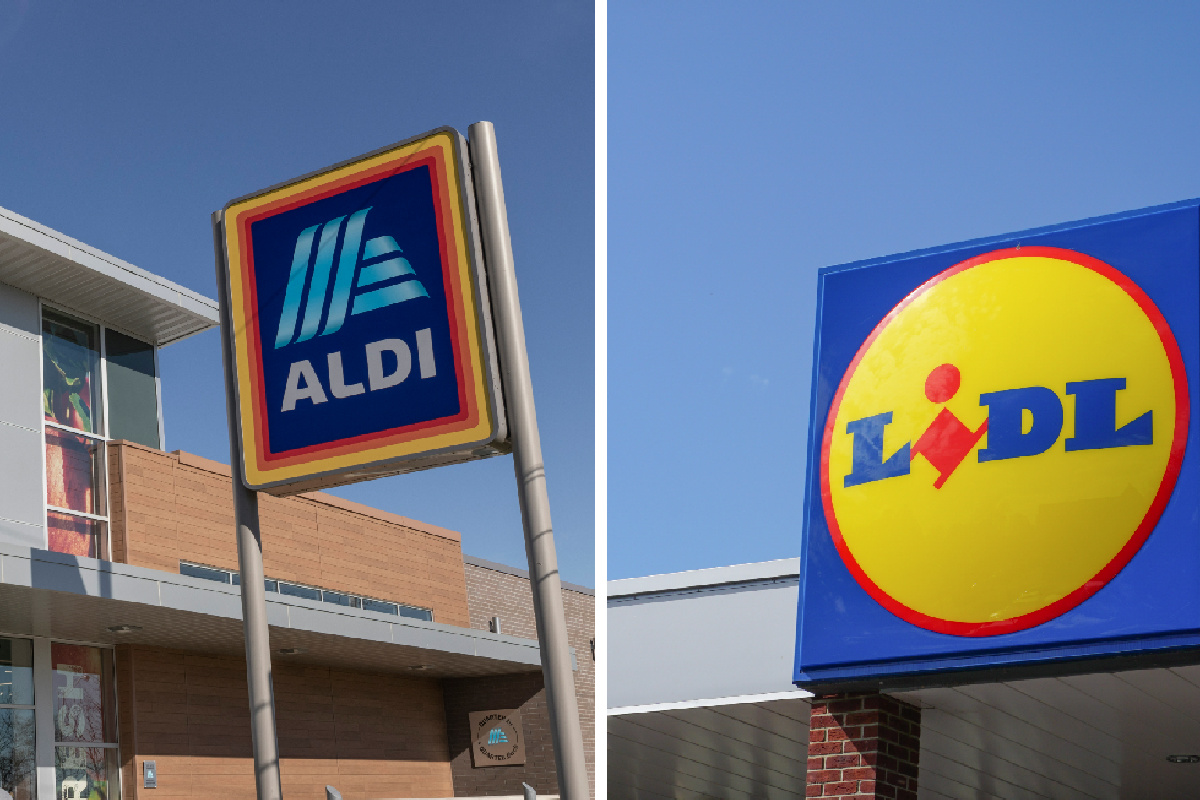The momentous political changes of 2016 are going to have a big impact on business and the retail sector in the New Year. No doubt, with several European elections due, more surprises are yet to come.
2016 taught us to plan better for all eventualities. Who, this time last year, thought the UK would leave the EU, Donald Trump would become US President, or that Leicester City would win the Premier League? (If you‘d put a cumulative £5 bet covering all three, you‘d now have £15m, apparently.)
Money remains tight across society, as reflected by the growth of off-price retailers and destinations. At London Designer Outlet (LDO), for example, over half our guests are white collar and middle class, particularly in ACORN‘s Affluent Achievers and Rising Prosperity categories. Visitors may want good prices, but they also want a quality and varied experience.
Outlet destinations have proven more resilient to economic downturns with sales holding steady or rising when others were falling. For instance, according to ShopperTrax, UK retail footfall declined by 2.9 per cent year-on-year in November, compared to a rise of 15 per cent year-on-year at LDO. Our footfall on Black Friday rose 17.3 per cent year-on-year and total revenue across the four-day weekend (including Cyber Monday) grew by 27.6 per cent year-on-year.
READ MORE: Comment – Supporting and investing in shop floor staff is crucial
That‘s why more retailers are looking at outlets as a complementary part of their portfolios, mixing full-price with outlet stores: a trend sure to continue in an uncertain 2017. Out-dated myths about cannibalisation have been set aside by research showing less than one per cent of full-price sales are affected.
Indeed, many brands have found customers regard outlet as a good “entry point”, buying their first branded items at discount, liking them and investigating the complete range, including at full-price. I believe the line between outlet and full-price will become ever more blurred as retailers and customers alike see the corresponding benefits.
The growth of internet shopping will continue in 2017, helped along by good retailers that have seamless clicks-and-bricks strategies appealing to omni-channel customers. However, physical destinations are not going away. The new wave of “more than just retail” urban outlets like LDO – investing in quality shop-fits and environments, conveniently located within (rather than on the outskirts of) cities – are best placed to take advantage of this trend. Great customer service, aspirational and desirable discounted brands to try before you buy, experiential events, a choice of restaurants and bars and possibly even a cinema means outlet shoppers will travel from further, stay for longer and visit more often.
Over the four-day Black Friday weekend, for example, food and beverage revenue from LDO‘s 20 bars and restaurants jumped by 55 per cent year-on-year, growing even faster than retail.
This year will see more “retailtainment” as a day’s outlet shopping becomes a fun, memorable event rather than just a transactional necessity.
And I don‘t just mean customers from the local catchment. “Shopcationers” travel from far to spend a vacation shopping, whether from Europe or further afield, such as China. Because of Brexit, these guests benefit from a weak pound and outlet shopping means their money goes even further, with up to 70 per cent off RRP throughout the year.
2017 will also be the year in which the political surprises from the previous year come home to roost, with more bombshells possible. With money still tight across all demographics, outlet shopping will show its resilience over many other retail destinations. Whether guests
RELATED STORIES


















